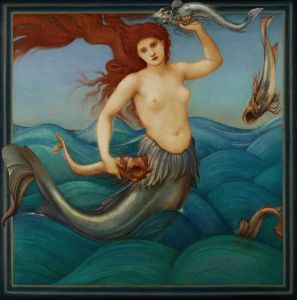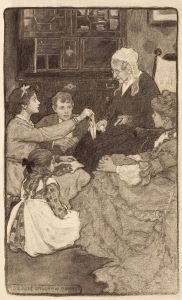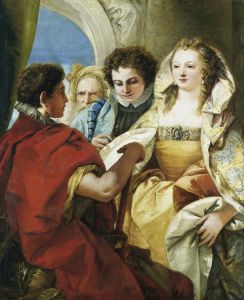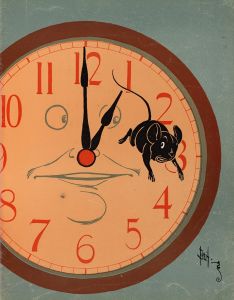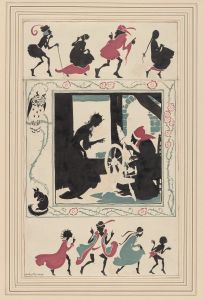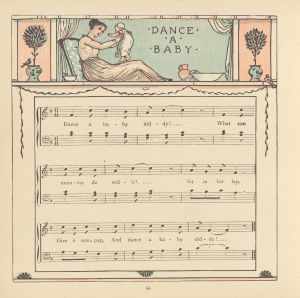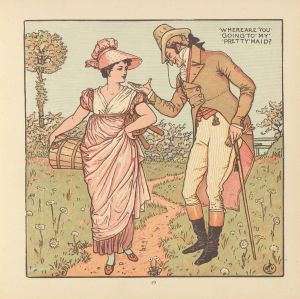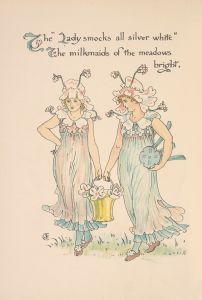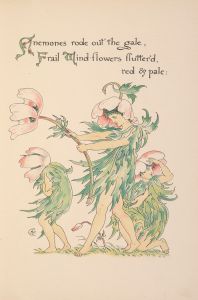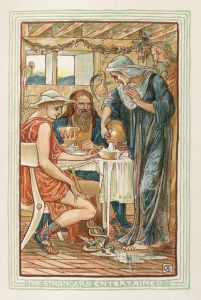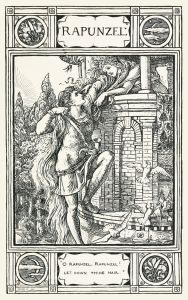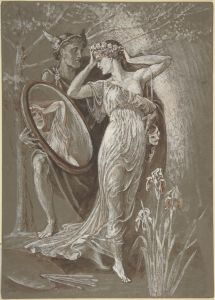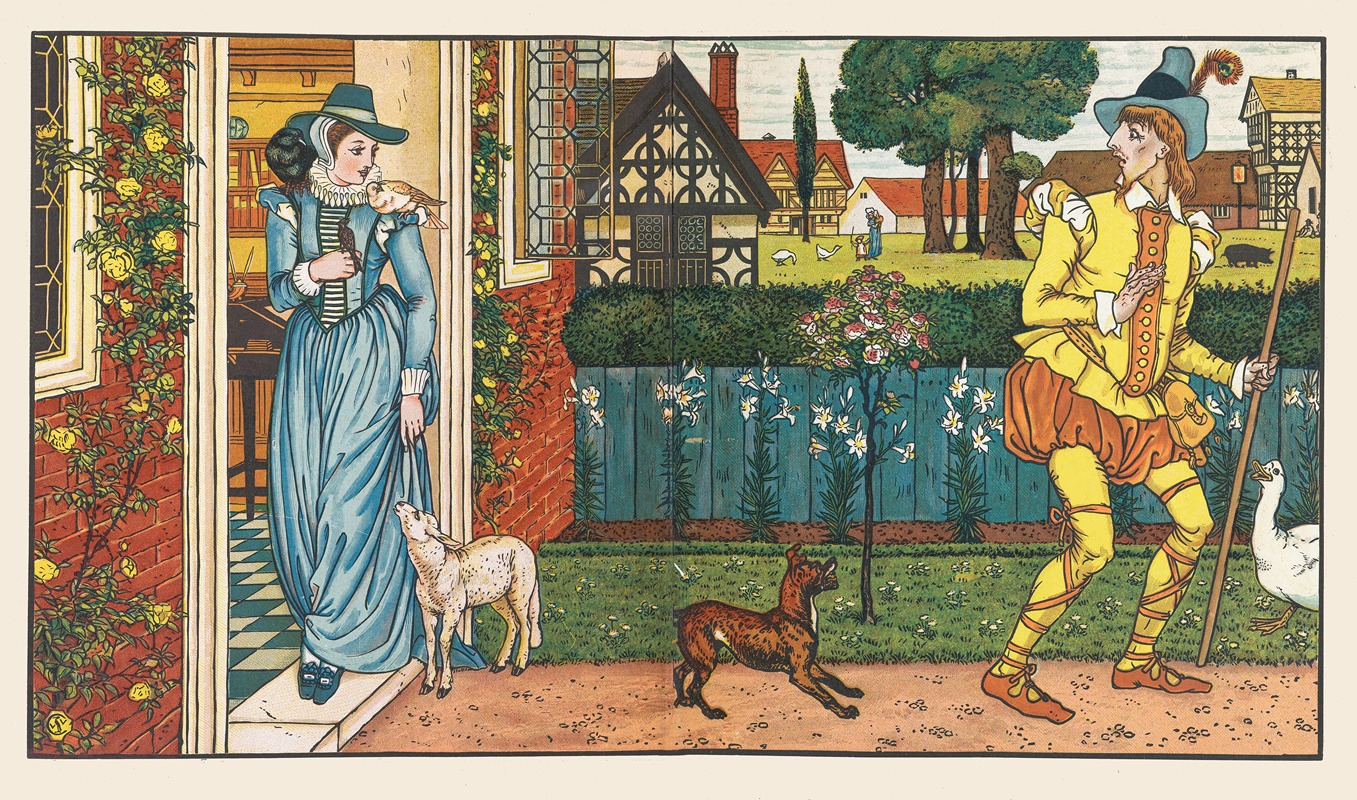
Goody Two Shoes Pl 3
A hand-painted replica of Walter Crane’s masterpiece Goody Two Shoes Pl 3, meticulously crafted by professional artists to capture the true essence of the original. Each piece is created with museum-quality canvas and rare mineral pigments, carefully painted by experienced artists with delicate brushstrokes and rich, layered colors to perfectly recreate the texture of the original artwork. Unlike machine-printed reproductions, this hand-painted version brings the painting to life, infused with the artist’s emotions and skill in every stroke. Whether for personal collection or home decoration, it instantly elevates the artistic atmosphere of any space.
Walter Crane was a prominent English artist and illustrator, known for his contributions to the Arts and Crafts Movement and his work in children's book illustrations. One of his notable works is "Goody Two Shoes Pl 3," which is part of a series of illustrations for the children's story "The History of Little Goody Two-Shoes." This story, first published in 1765, is often attributed to John Newbery, a pioneering publisher of children's literature, although the exact authorship remains uncertain.
Walter Crane's illustration for "Goody Two Shoes" reflects his distinctive style, characterized by a harmonious blend of intricate detail and vibrant color. Crane was heavily influenced by the Pre-Raphaelite Brotherhood and the medieval revival style, which is evident in his use of rich textures and elaborate patterns. His work often featured strong outlines and flat, decorative elements, drawing inspiration from Japanese woodcuts and the aesthetic principles of the Arts and Crafts Movement.
"Goody Two Shoes" tells the tale of Margery Meanwell, a poor orphan girl who only owns one shoe. Through her hard work and virtue, she eventually gains a second shoe, symbolizing her rise in fortune and status. The story is a moral tale emphasizing the virtues of education, perseverance, and kindness. Crane's illustrations for this story capture the essence of these themes, bringing the narrative to life with his artistic flair.
Crane's contribution to children's literature was significant, as he believed in the educational power of art. He aimed to create illustrations that were not only visually appealing but also intellectually stimulating for young readers. His work on "Goody Two Shoes" is a testament to this philosophy, as he sought to engage children's imaginations while imparting moral lessons.
Throughout his career, Crane was a prolific illustrator, producing works for numerous children's books, including "The Baby's Own Aesop," "The Baby's Bouquet," and "The Baby's Opera." His collaboration with Edmund Evans, a leading color printer of the time, allowed him to experiment with color printing techniques, resulting in vibrant and enduring illustrations that captivated audiences.
Crane's influence extended beyond children's literature. He was an active member of the Arts and Crafts Movement, advocating for the integration of art into everyday life and the importance of craftsmanship. His work in design, textiles, and wallpaper further demonstrated his commitment to these ideals.
In summary, Walter Crane's "Goody Two Shoes Pl 3" is an exemplary piece of his illustrative work, showcasing his artistic style and dedication to the moral and educational potential of children's literature. His legacy as an illustrator and designer continues to be celebrated for its impact on both the art world and the development of children's book illustration.





